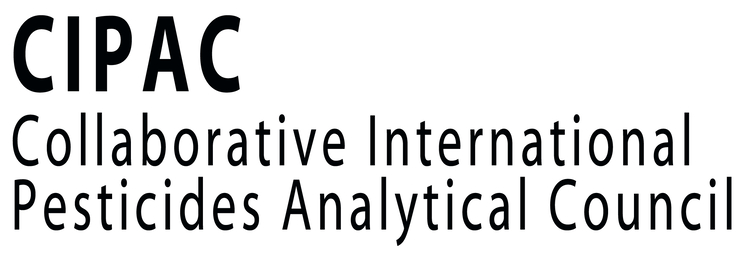No-longer supported methods
Both pesticide compounds and the technology to analyze these compounds in the technical material and formulations have life cycles. Older pesticides become obsolete, newer more sophisticated techniques are introduced.
The review process considers the various uses of CIPAC methods:
- for pesticide control by official laboratories;
- for preparation of registration dossiers for national pesticide authorities;
- for FAO and WHO specifications.
The review is done Handbook by Handbook, leading to a list for pesticide methods which were identified as no longer supported by CIPAC. Currently, the publication list of all Handbook ever published includes the following Volumes the list containing the method review of the following Handbooks 1B to K.
The review process takes into account the following aspects:
- the year of adoption of the method;
- FAO and or WHO specifications which base on these methods, if existing for such a compound.
Analytical methods for important compounds with a broad use that are less satisfactory methods in terms of selectivity, use of hazardous reagents etc. will receive a high priority for a possible replacement of the method.
Methods for superseded compounds or methods for pesticides where strong reservations against the adopted method are declared as "no longer supported" and a negative list is published on the CIPAC website and in future CIPAC Handbooks.
There is no possibility to base a method extension on such a method.
However, the methods which are no longer supported by CIPAC can maybe still be used and are maybe fit for purpose, but they cannot be regarded as valid CIPAC methods.
If you are interested in using a CIPAC Method published in Handbooks 1B to Q and wish to know which status it has, go to the alphabetical search. Here you find the actual status of the method.
DAPF document: Summary of New & Revised CIPAC MT methods
This document is published on the CIPAC website as CIPAC sees the benefit to support registration applicants, authorities and regulatory bodies as well as control labs on the status of the most recent methods and versions. CIPAC is encouraging the use of the actual methods & versions. However, the German DAPF has created it and is fully responsible for its content and any amendment.
Further information about the German DAPF you find here.
